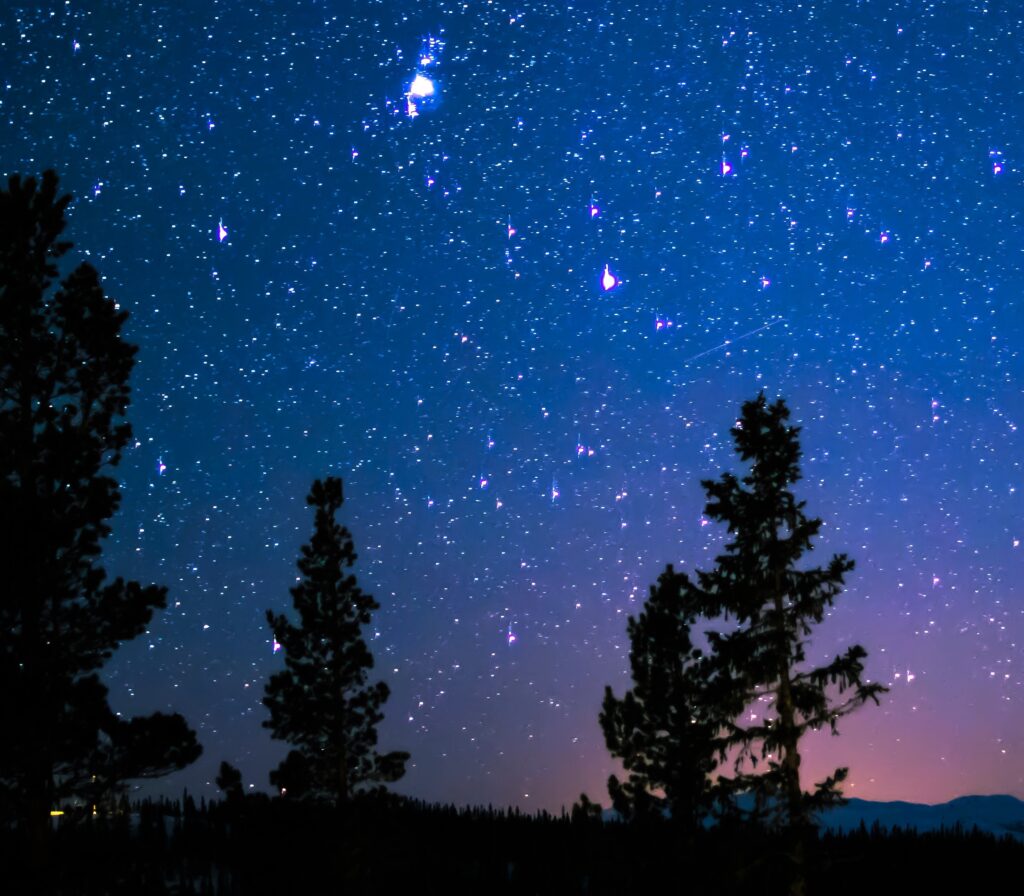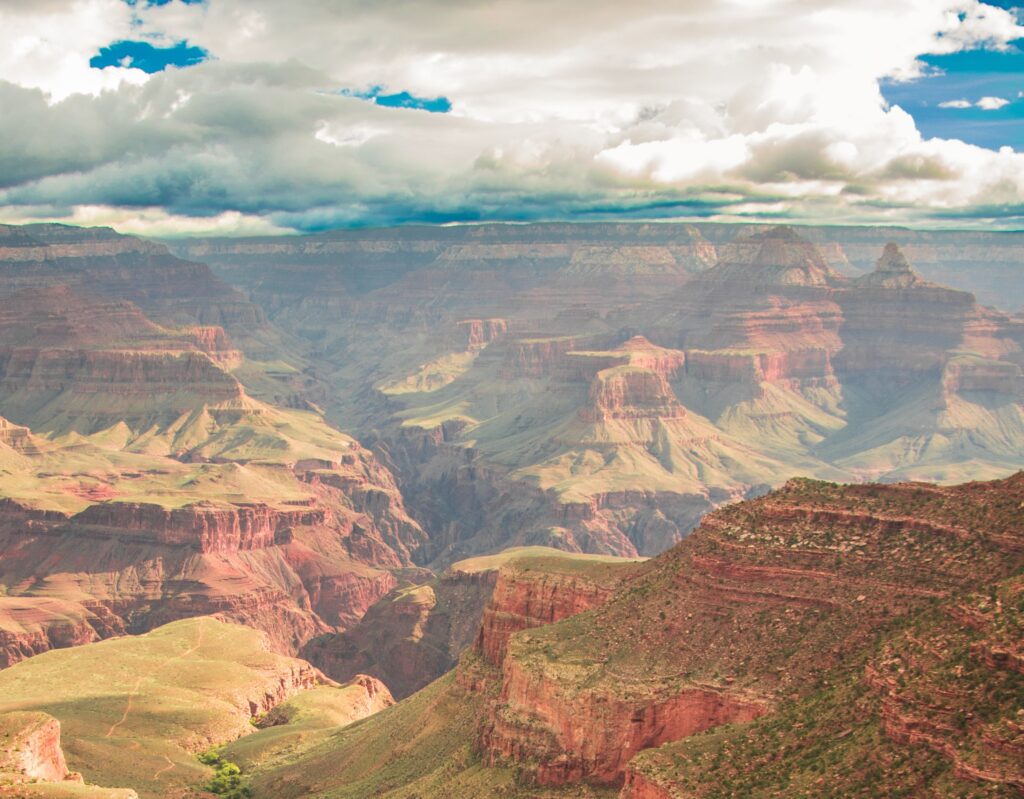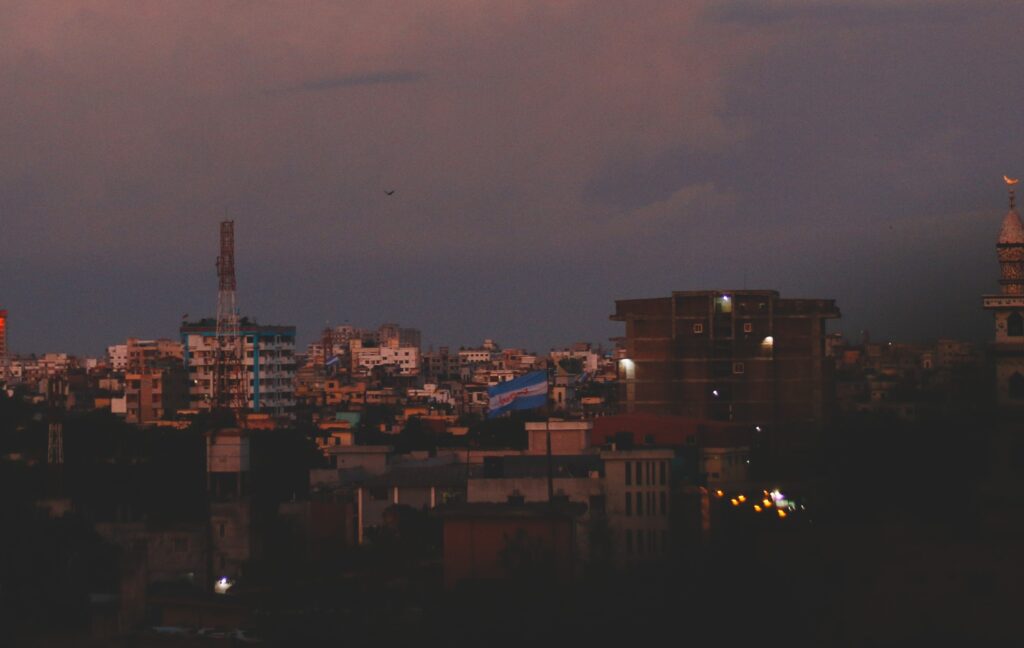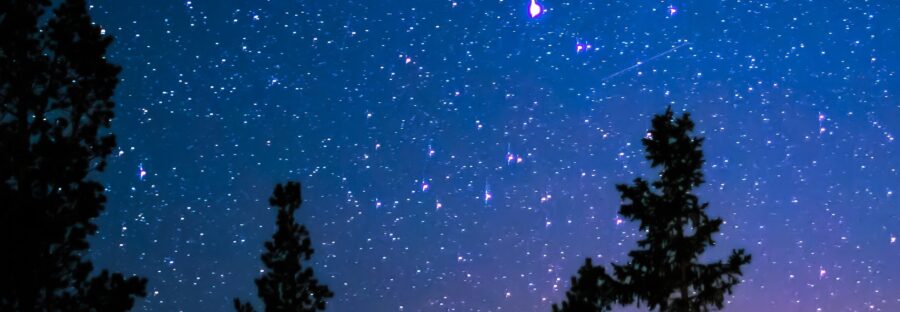Leaving lights switched on throughout the night
- When thinking of the detrimental effects of light pollution
- The council highlighted the effects of street lighting and questioned why streetlights are no longer turned off at midnight.
“Every morning I sweep up buckets of dead insects from outside my laboratory.” Colin Henshaw shares his morning routine, due to the neighborhood school leaving lights switched on throughout the night “365 nights a year”.

When thinking of the detrimental effects of light pollution most people tend to think primarily about the reduced visibility of stars, but it is a global problem stretching from insects to microscopic organisms under the ocean’s blanket extending to the cultural customs of tribal people.
Botswana where the pristine skies
For many years, Colin Henshaw lived in rural areas in Botswana where the pristine skies were once admired by astronomers and cherished by the flourishing wildlife.
The village soon developed, and a school was built, having an unexpected and devastating impact on the local insect population.
An insect’s innate attraction to artificial light can have fatal consequences deriving from exhaustion, increased predation, and an inability to navigate, which is why up to a third of insects attracted to artificial lights succumb to death.
The mercury vapor fluorescent tubes and halogen floodlights installed by the local school are particularly harmful to insects, as Colin would unexpectedly see: “Diurnal insects like cicadas tricked into thinking it is daytime.”
Dark Sky Officer, Jack Ellerby, who works with the Friends of the Lake District, conveys his frustration at the government’s efforts to neutralize light pollution in one of the UNESCO World Heritage sites.
Jack explains: “Light pollution is a ticking time bomb and is more invasive to the environment than micro-plastics, still there is no budget to work with.”
National Park
As the issue of light pollution is so large, Jack’s job is to “prevent further light pollution as he has had to accept, he cannot diminish what is there already,” whilst striving to preserve the insects, pollinators, and wildflower meadows.
The number of insects around the Lake District National Park is rapidly falling due to a large construction site, situated directly opposite the national park.
Sellafield Construction Company is refusing to turn off their floodlights at night resulting in depletion of pollinators.
Jack shares an insight into the difficulties of fighting for change: “Getting them to change is like trying to change the direction of an oil tanker.”
Huge construction projects should not be taking place anywhere near a protected site, especially as there has been a 60% decline in insects over the past 20 years in the UK alone.
“This is reflected by the nocturnal flowers not being pollinated at night as they only open at twilight levels,” describes Dr Brett Seymoure. This means “flowers do not emit a fragrance when under artificial light, thus the insects cannot do their job.”

The study of ecological light pollution did not exist until 2004, but now numerous research groups are emerging across England.
A group of ecologists observed that out of hundreds of moths, 70% were enticed up to the streetlights and away from the blooming flowers.
The study found a drastic reduction in plant pollination, having severe consequences for other pollinators like honeybees.
‘Massive is the understatement of the year, as it is an existential threat to humans.’
Dr Seymoure
Typically, the bees do not emerge at night, but are becoming more nocturnally active, as described by Colin’s observation in southern Africa.
Unnatural light
Scientists say it is vital that the pollination process is not disturbed as it would eventually have massive consequences. Dr Seymoure states: “Massive is the understatement of the year, as it is an existential threat to humans.” Particularly, when considering “85% of the food we eat must be pollinated.”
Insects are not the only species to grow closer to extinction from light pollution. Birds natural environments are now occupied by unnatural light displacing and expelling several species of birds from their usual habitat which alters their behaviour.
Migratory birds like thrushes, depend on timed seasonal cues and light pollution can cause the birds to migrate too early or too late. This results in the birds missing the optimal climate for foraging, hunting, nesting, and procreating.
On one occasion when Colin returned from Africa to his home in Gatley, his father commented: “I haven’t seen Thrush for about five years, flocks from a dozen to several hundred strong.”
This sadly depicts how migration patterns change due to the insects being exterminated by the excessive use of light.
Not only has the decline of insects driven Thrushes away from the area, but Colin states “This eliminates the only protector of my allotments as the snails are destroying my homegrown vegetables.”
Birds that migrate and hunt at night usually navigate using the moonlight but have now been wandering off course into cities.
Every year two million birds die as they are confused by the light pollution and collide into pointlessly illuminated buildings.

Greater Manchester Ecology Unit
The Greater Manchester Ecology Unit (GMEU) provides specialist advice to ten district councils that make up Greater Manchester.
Stuart Fraser, Environmental Officer for GMEU, shares his concerns for wildlife in urban areas: “A recent task was consulting with colleagues about The Fallowfield Loop, the network of cycle paths in south Manchester.”
The unit fears that “the excessive lighting at night is limiting the wildlife’s usage of the valuable green corridor which allows the animals to pass through safely”.
The proposition suggests “for there to be low-level lighting throughout the night instead of bright lights always being on” as they must consider the safety of the cyclists in addition to the wildlife.
This introduces the question: is the decline of the nocturnal animal population for example bats, badgers, foxes, and hedgehogs greater than the safety of humans, considering the small number of people cycling at night?
‘I recall coming home one night and waiting for the streetlights to go out. I waited and waited and waited’.
Colin Henshaw
Understandably, Colin continues to feel powerless, being an advocate against light pollution as he states “They (Stockport council and the people of Manchester) are too bone idle to invest in a torch.”
Since the damaging effects of light pollution on insects and birds have been unearthed by researchers, Colin continues to challenge his local authority of Stockport Metropolitan Borough Council.
“I recall coming home one night and waiting for the streetlights to go out. I waited and waited and waited.”
His concerns to the council highlighted the effects of street lighting and questioned why streetlights are no longer turned off at midnight.
The council replied with an impolite email stating “We do not concern ourselves with minority interests” leaving Colin disgusted and helpless.
Although the fight is not over as Colin continues to inflict change to save and safeguard the natural wonders that is our wildlife.



